The Photographer – Henri Cartier-Bresson
Henri Cartier-Bresson is one of the most famous photographers. He is of French origin and is considered to be the father of photography. Street photography, also known as real life reportage, is attributed to him because he assisted in their development (Picture1). He was born and brought up in France.
Since he came from a wealthy family, he was able to get support from them to develop the interest he had in photography. Contrary to his father’s expectation that he would take over the running of their family business, Bresson opted to venture into photography, a move that disappointed his father. Bresson received his education at the University of Cambridge. He took a course in English, which enabled him to speak an additional language. He also studied art and literature.
His interest in photography was inspired by Martin Munkacsi, who was a photographer from Hungary. He was particularly impressed by the photo of some African boys, which was taken while they were naked and in the process of running towards the lake. He was amazed that such an event would be captured in a photograph better than the numerous descriptions of such events in custom research papers and resolved to immediately venture into photography (Picture 2).
He took this newfound interest seriously and worked on it passionately. While others opted to express themselves in different ways, such as recording areas of their interests in custom essays, he chose to use photographs, which he claimed could communicate better than any other means.
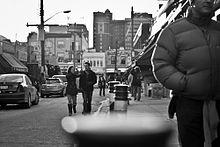
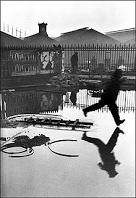
The Henri Cartier-Bresson Foundation
This foundation was started to be a constant reminder of his contribution to photography and preserve his legacy (Picture 1). This foundation also honors some photographers with the Henri Cartier-Bresson Award to help them continue with their work. The award is a 30 000 Euros cash prize, given after every two years since 2003.
The award helps the photographer to complete their project, which would have been impossible without being helped financially. The award is given to a photographer who has done significant work in his career in photography. The photographer has to be talented and not so old in the career (Picture 2). Receiving the award is not the end of the photographer’s contact with the foundation because; the winning photographer is expected to showcase their work at the HCB Foundation offices in Paris.
This is supposed to happen after 18 months after receipt of the prize. Groupe Wendel is one of the major contributors to this award. The award targets those photographers who have adopted the documentary style in their work. To be eligible for the competition, the photographers must be nominated by an institution, for example, a museum. A custom essay could be written about the winners of this prize, most of who have been males, except the 2011 award that was given to Vanessa Winship, an English Photographer who is a lady. This could be a wake-up call to the ladies to take photojournalism seriously, just like they would do when writing a custom research paper.
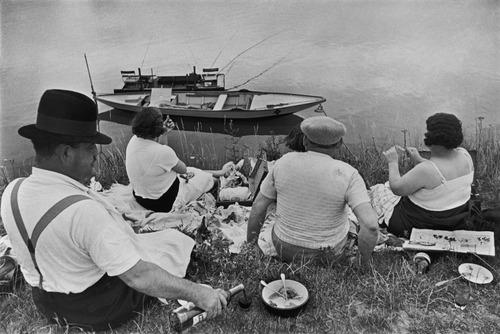
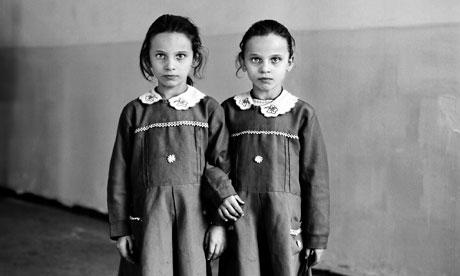
Vanessa Winship, the 2011 award winner
This is a prestigious 30,000 Euro award that is given every two years. The recipients of the awards are photographers who exhibit quality work as well as creativity. Vanessa Winship is the only woman who has won this coveted award since its initiation in 1988.
Although Winship has won other awards like World Press Photo Prize and Sony World Photography Award in various years, the Henri Cartier Bresson prize is a major booster in her career. This is because of the cash prize that can be used to better her work and, if interested, write custom research papers on issues of concern to her. Being the only woman to win this prize gives her an advantage over other women photographers. A custom essay could possibly explain in detail why it has been hard for women photographers to be nominated for this prize. She was awarded this prize on the 14th of June 2011 because of her project “Out There: An American Odyssey.”
The award is also a show of appreciation for contemporary art and the artists (picture 2). Her project ‘Out there: an American Odyssey’ is one that attempts to narrate the events in the life of a person whose identity she does not disclose. The person is trying to chase after the American dream but seems to have lost hope. In the photographs provided, Winship does a magnificent work by producing photos that have both the classical and contemporary touch.
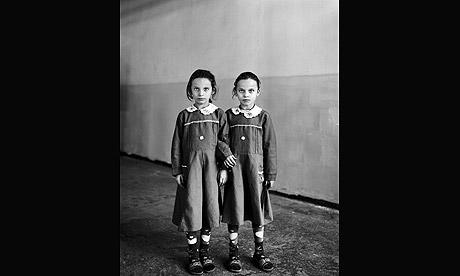
The photographer Vanessa Winship’s Works
Her works depict a careful choice of words as well as great images. This combination is one of the best ways of communicating powerful messages as well as feelings, which many works like the custom research papers fail to achieve. Winship has managed to use this method in almost all her works.
For example, the epic Black Sea: Between Chronicle and fiction has employed this method. Words are carefully chosen to create a poetic effect and also bring out the desired mood from the audience. She uses the photo of a girl, whose face is not so friendly, and accompanies it with words which describe the situation the girl is in.
Other photographs that show her expertise in photography are those taken in Georgia. They capture the landscape and images of infrastructure there, which bring out an image of a country trying to integrate modernity and what occurs naturally in the country.
Sweet Nothings, a book made up of a collection of photographs, is one of her many works that has brought her fame. The photographs are mainly of young schoolgirls from humble backgrounds (Picture 1). She was inspired to document the plight of the girls using photographs instead of custom essays, during a trip to the Middle East, where she met with the girls wearing old uniforms, which had tags written sweet messages. The photographs were taken carefully and at an equal distance. The girls stood gracefully in front of the camera and were close to one another (Picture 2).
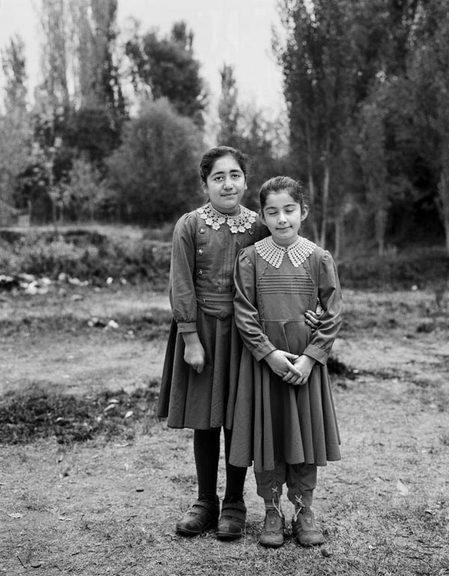
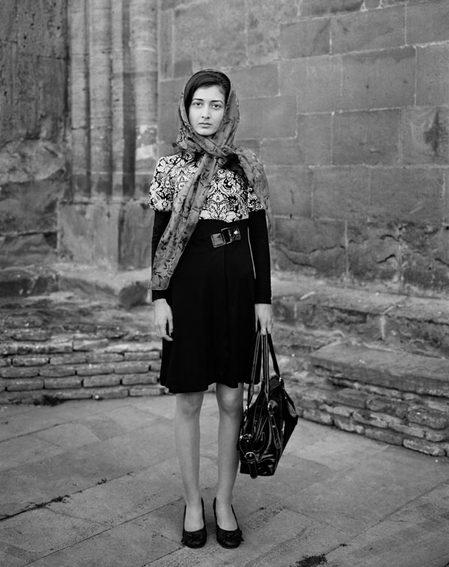
The photographer Chris Killip
Killip was born in 1946 and is one of the people who have won this award. His career in photography started in 1964 when he quit his training in hotel management to pursue photography. He worked for Adrian Flowers before becoming a freelance photographer.
He was nominated for the prize in the year 1989. Some of his photographs, which are black and white, have been preserved at a gallery called the Amador. The photographs show the cost that people had to pay during de-industrialization. His work runs between 1974 and 1988, a period in which he managed to take photos of the laypeople in their natural setting and captured their sense of despair and struggles (Picture 1).
This would mainly be reflected in their facial expressions. For example, he would take photographs of young children playing in dangerous places such as near a burnt-down building, oblivious to the dangers they faced. Photographs of people queuing for basic amenities with a lot of tension or anxiety were also common in his works (Picture 2).
The Henri Cartier Bresson award is not the only award that he has received. His work has won many other awards, and most of the work is also preserved in museums, where people can go to see. Currently, he is teaching at Harvard University, maybe too busy with marking custom research papers. Although he may not be very zealous in photography as he was in the past years, his numerous works speak volumes about his skills and have attracted writers of custom essays.
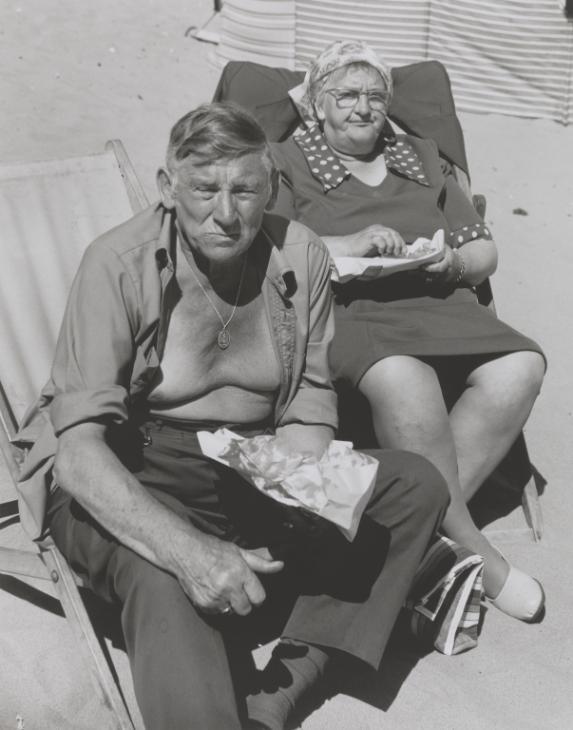
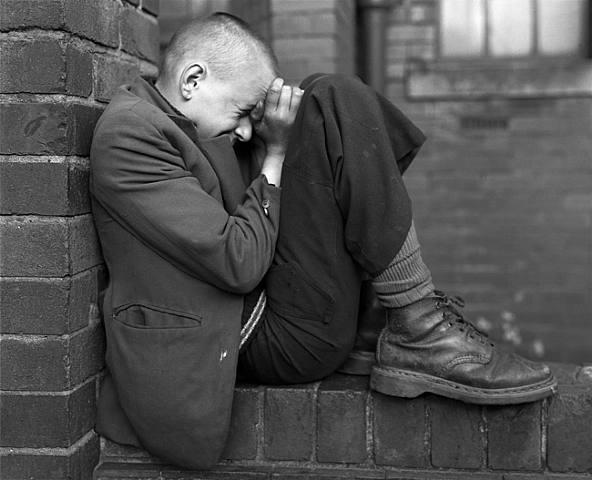
The photographer Chris Killip’s works
Killip’s two books, The Isle of Man and In Flagrante, have a common theme that is the theme of the working class. It focuses on this class of people found in England. In Flagrante shows the picture of citizens who have been abandoned by the government and the consequences that arise (Picture1).
These people are depicted as ones who have been hardened by the difficult life they are living, unlike the characters in Isle of Man, who concentrate on farming for their livelihood. The people are a representative of 4million people who were estimated to be jobless, a subject that has attracted the interest of custom research papers writers. The characters are depicted as people who are helpless and hopeless as they pass the time idling around.
In Flagrante has no photographs of people who are at work, but Killip has integrated these photographs in his new book titled, ‘Pirelli work.’ The book seems to be a continuation of In Flagrante but with a different theme (Picture 2).
In Flagrante, just as recorded in many custom essays, people are depicted as having despaired because of unemployment, but Pirelli Work shows people who are economically stable because they are employed and have a constant source of livelihood. It took Killip six months to compile his final work on Pirelli as he took photographs of the company’s workers with their permission. The workers are captured in their natural work conditions, which Killip describes as hard and dirty but which the workers appreciate.
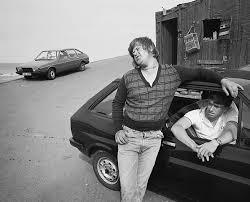
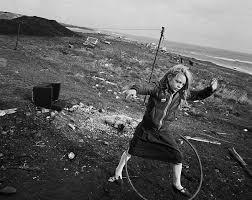
The Photographer Josef Koudelka
This photographer was born in 1938. The first public exhibition of his photographs was done in 1961. After his graduation, he got a job as an engineer, which he decided to quit in 1967 in order to concentrate on his career as a photographer (Picture 1).
While still working as an engineer, he would occasionally use his Rolleiflex camera to take photographs. He is noted for his daring work of taking photographs of soldiers as they attacked Prague. This piece of work was published without the identity of the photographer. He was given an award for this photo because of his courage (Picture 2). He has also won numerous awards, including the Hasselblad Foundation International Award in photography in 1992 and the Henri Cartier Bresson Award in 1991.
Bresson was a personal friend, and apart from Koudelka’s work being nominated for this prestigious award, he also received immense support and acknowledgment from Bresson. The works he started with focused mainly on societal issues and the cultural orientation of people within that society.
Rituals and events such as death, which have attracted a lot of interest from people writing custom research papers, were featured in his early works. He later changed from this to another topic that has also been widely explored in custom essays: ‘people.’ He took photographs of them in their various states in life, some in despair, and others desolate. He would capture the different human emotions, something that brought him a lot of fame. His focus finally shifted to landscape and nature.
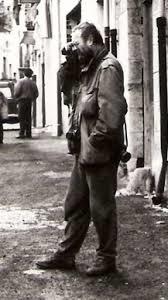
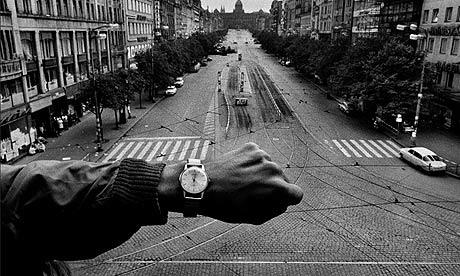
The Photographer Larry Towell
Larry Towel was born in 1953. Apart from photography, he is also involved in poetry and the study of history. He is Canadian and was brought up in Ontario. He pursued a course in visual arts at a university in Toronto. It is while studying at York University that his curiosity in photography arose. In 1976, he traveled out of the country to work as a volunteer in India. After a while, he returned home, where he began teaching people folk music.
He also composed poems before turning to photography in 1984. He took photographs during the Contra War in Nicaragua and was also able to capture some scenes in El Salvador (Picture 1). His concern about damages to the environment caused by the Exxon Valdez oil spill compelled him to write a custom essay in a magazine. He became part of the Magnum Photo Agency in 1988. He is the first Canadian to join the group and has been a contributor to magazines and newspapers such as the New York Times. Most of his works are published in the form of picture essays. He won the Henri Cartier Bresson Award in 2003.
He prefers to work with traditional film and shuns digital ones. He believes that black and white photographs are the best because they have a poetic touch. He also holds the opinion that only black and white photographs can be used best in the investment of time and love. Not even the custom research papers can do this as many suppose (Picture 2).
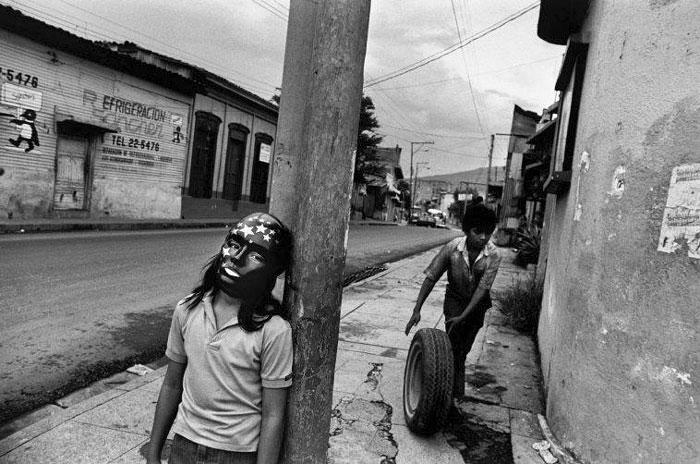
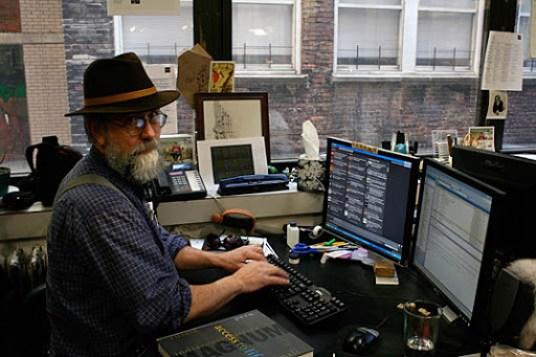
The Photographer Fazal Sheikh
He is of American origin and was born in 1965 in New York. He received his education at Princeton University. He is a photographer who does documentaries to show the plight of the less privileged in society, a subject that is still a major concern to writers of custom research papers (Picture 1).
His focus is majorly on the refugees and those displaced from their homes (Picture 2). In the past, he has covered regions such as Sudan and Kenya, where there are many refugees who have fled Somalia. The photographs are taken formally while he is among the people who volunteer to give out their names and have them printed against the photographs. He does his photography in black and white, which depicts the clear picture of the people living in deplorable conditions in various parts of the world, something that custom essays on the refugees cannot bring out clearly.
The people then give him a brief narrative of their lives, which he prints near their photos. Most of his works have been compiled in four books and also on DVDs. The DVDs are distributed through a website that is free as he intends to reach as many people globally as possible. He has published four books, three of these deal with human rights. An exhibition of his works has been done at the Seattle Art Museum and the International Center of Photography, New York, among others. He is also the winner of the 2005 Henri Cartier-Bresson Prize.
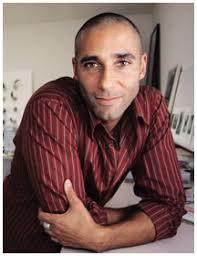
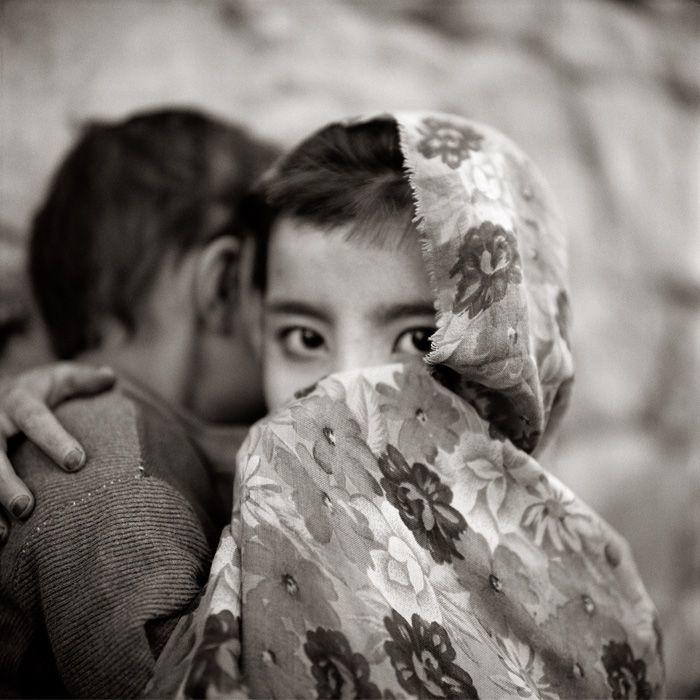
The photographer Jim Goldberg
Goldberg is an American photographer who was born in 1953. He is also a writer who concentrates on the marginalized in society. He is famous for his books, made up of photographs he has compiled (Picture 1). He is interested in the cultural aspect of people and prefers to include texts to accompany his work.
The texts are usually written by the people he features at work. His work appeared in an exhibition held in 1984 at the Museum of Modern Art (Picture 2). The show featured works from artists that depicted the actual political and social situation of the people. Robert Adams and Joel Sternfeld were also honored during the exhibition. Goldberg’s first work done in the form of a book was published in 1985.
The book was titled ‘Rich and Poor.’ The content of the book is mainly people and their photographs, taken by Goldberg in their homes. The photographs are then followed by a brief note from the people and by them concerning their lives. The book has since attracted a lot of praise from writers of custom essays, save for one custom research paper that expressed mixed reactions. It was also voted one of the best photo books.
Goldberg works at the California College of the Arts in the capacity of a professor. He joined Magnum Photos in 2006. Most of his works have been featured in famous newspapers and magazines. He is also a winner of several awards, including the Henri Cartier-Bresson prize, which he won in 2007.
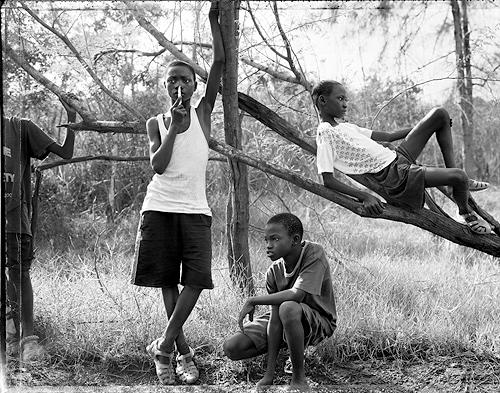
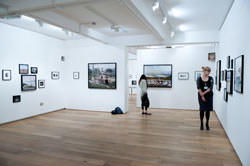
The Photographer Jim Goldberg’s works
Goldberg is famous because of his works, such as ‘Raised By Wolves’ and ‘Open See’ (Picture 1). The first book, which was published in 1995, is full of pictures and custom essays which he compiled through a period of 10 years. The book captures the plight of dwellers of San Francisco, who do not have homes (Picture 2).
It is after this that he embarked on the other book, open see, whose major theme revolves around refugees who flee their countries and head to other countries, with a particular interest in Greece. He refers to these people as the ‘New Europeans.’ His project to cover Greece, which had a massive 2 million refugees, was flagged off by the Magnum Photographic agency. He started the project in 2003. His findings were similar to those found in many custom research papers.
The people were living in deplorable conditions because they were not in a position to get a job as they were in that country illegally. As a result, as has been documented in custom essays, the people are unable to afford even the most basic necessities in life. It is this project, which was still ongoing, that won him the Henri Cartier-Bresson Prize in 1997. The money he received was used to cater for all the expenses he would incur as he traveled to other countries to complete his project. Goldberg describes himself as a storyteller who does so using documentaries, contrary to the way people view him as being political.
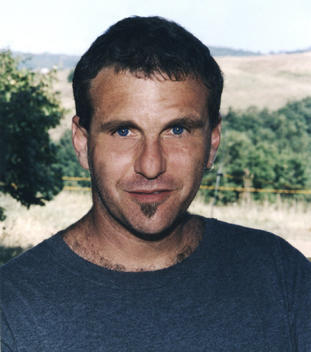
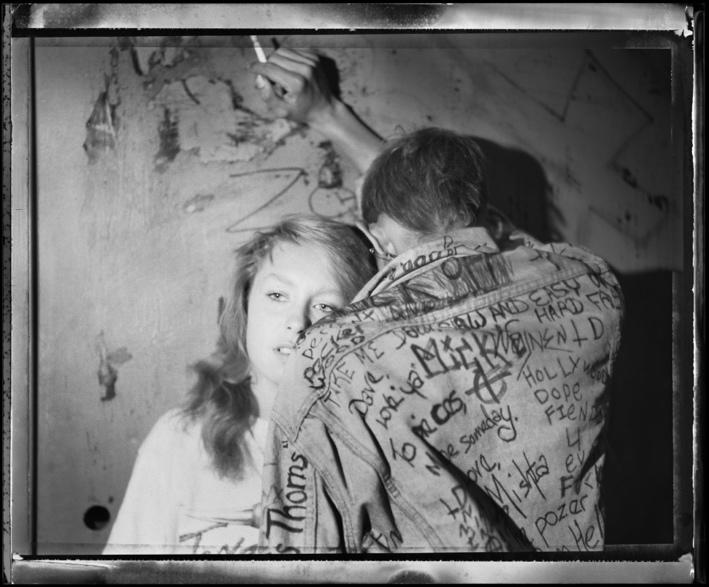
The photographer David Goldblatt
Goldblatt was born in 1930 and hailed from South Africa. He is famous for his works during the apartheid in South Africa. He is a graduate of the University of the Witwatersrand, where he pursued a bachelor’s degree in commerce. His photography career began in 1948, and his works are mainly on the era of apartheid in South Africa to the current state of the country.
He is not the only one who has explored this area because there are numerous custom research papers on this historical topic. However, his work is superior because he is able to capture the emotions that these custom essays cannot. He is the 2009 winner of the Henri Cartier-Bresson Prize. He has also published a lot of work which are recognized locally and globally. Some of his works on apartheid show the plight of the poor blacks, whose living standards have not changed much even after the end of apartheid (Picture 1). He has most of his works preserved in museums globally (Picture 2).
The Museum Modern Art is one of the museums that put only his works on display in 1998. Goldblatt did his photography in black and white until 1990 when he developed an interest in color photography. The latest developments in the area of digital photography encouraged him to venture into this area. This led to the production of quality work on his part as a result of combining the latest technology with the expertise that he had acquired over the years. He is currently residing in Johannesburg.
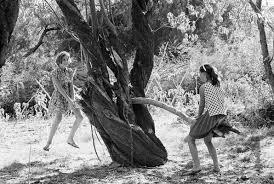
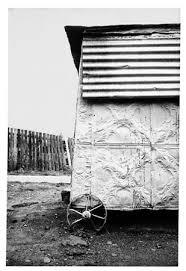
Reference List
Apartheid. (2002). Wikipedia. Web.
Contemporary history. (2009). Wikipedia. Web.
Contras. (2004). Wikipedia. Web.
Deindustrialization. (2008). Wikipedia. Web.
Documentary film. (2004). Wikipedia. Web.
England. (2002). Wikipedia. Web.
Georgia (country). (2003). Wikipedia. Web.
Greece. (2003). Wikipedia. Web.
Magnum Photos. (2005). Wikipedia. Web.
Martin Munkácsi. (2009). Wikipedia. Web.
Middle East. (2004). Wikipedia. Web.
Museum of Modern Art. (2005). Wikipedia. Web.
New York City. (2002). Wikipedia. Web.
Photographer. (2006). Wikipedia. Web.
Photojournalism. (2004). Wikipedia. Web.
Prague. (2004). Wikipedia. Web.
Princeton University. (2004). Wikipedia. Web.
Rolleiflex. (2007). Wikipedia. Web.
San Francisco. (2003). Wikipedia. Web.
Pirelli. (2006). Wikipedia. Web.
Street photography. (2004). Wikipedia. Web.
The New York Times. (2004). Wikipedia. Web.
University of the Witwatersrand. (2005). Wikipedia. Web.
World Press Photo. (2009). Wikipedia. Web.